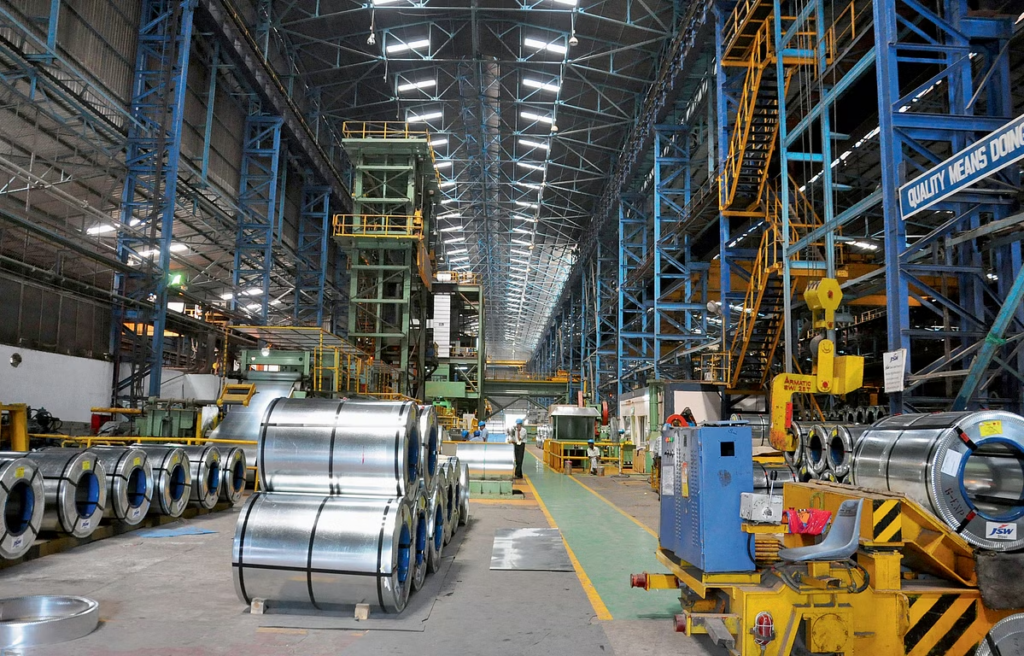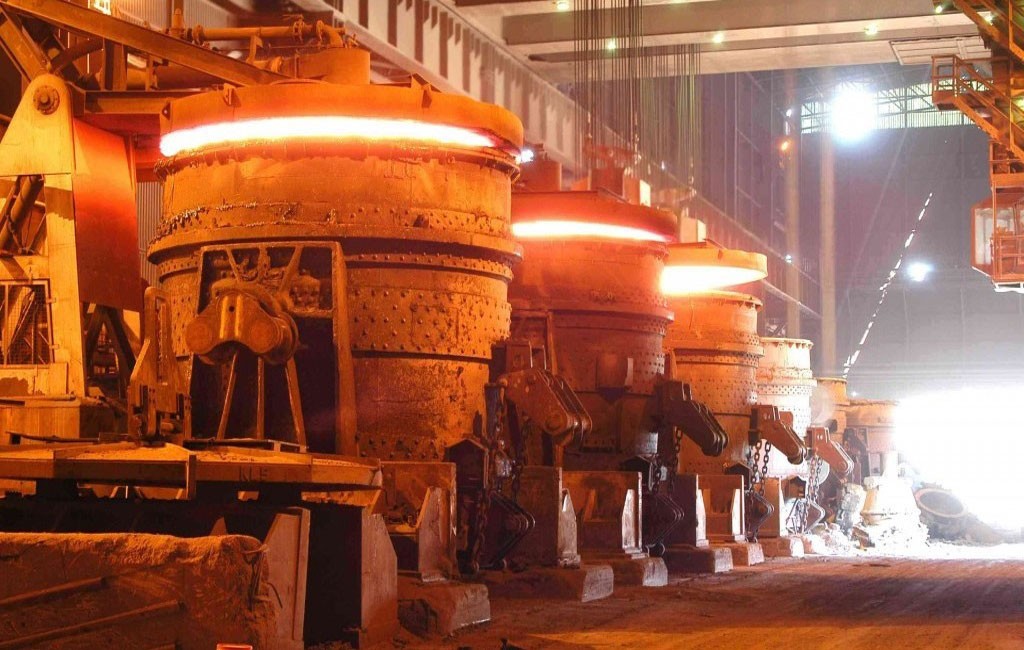Introduction:
The construction of infrastructure, creation of jobs, and industrial expansion are all facilitated by India’s steel sector. Traditional steel production methods, however, have been linked to environmental issues such excessive carbon emissions, energy use, and resource depletion. Globally, there has been an increasing focus on sustainable manufacturing techniques in recent years. The move from traditional “grey” steel production to more sustainable and environmentally friendly “green” manufacturing methods presents both problems and opportunity for Indian steel producers.
The Challenge of Sustainable Steel Production:
Optimum resource utilization, reduction of energy use, and reduction of carbon emissions are all components of sustainable steel production. These goals support international initiatives to combat climate change and advance a circular economy. But putting sustainable practices into practice in the steel industry is not without difficulties.
01. High energy needs: The production of steel is an energy-intensive process that primarily uses coal and other fossil fuels. Significant infrastructure and technological developments must be made in order to switch to more environmentally friendly energy sources, such as renewable energy or hydrogen-based technology.
02. Carbon emissions: A significant source of the world’s greenhouse gas emissions is steel production. Switching to low-carbon or carbon-neutral technologies like carbon capture and storage (CCS) or electric arc furnaces requires a significant investment in money as well as the creation of enabling regulatory frameworks.
03. Availability of raw resources: Iron ore and coal are two key raw materials for the steel industry. A key component of sustainable steel production is ensuring a transparent and ethical supply chain, cutting waste, and promoting recycling and circularity.

Opportunities for Sustainable Steel Manufacturing in India:
Despite these obstacles, there are a number of chances for Indian steel producers to start along the path of sustainable manufacturing:
01. Initiatives taken by the government: The Indian government has taken the initiative to promote sustainable development, which includes the steel industry. For steel firms to embrace sustainable practises, programmes like the National Steel Policy, the National Action Plan on Climate Change, and the Make in India campaign offer a supportive environment.
02. Rapid technological development: New opportunities for the steel sector are presented by developments in green energy, electrification, and carbon capture, use, and storage. Utilising cutting-edge technologies can lower carbon emissions and increase energy effectiveness.
03. Recycling and the circular economy: By adopting the ideas of a circular economy, Indian steel producers may concentrate on effective resource utilisation. Utilising scrap steel and creating a strong infrastructure for recycling can lessen the need for raw materials and cut waste production.
04. Sustainable supply chains: Cooperation with suppliers and stakeholders to encourage ethical raw material procurement, enforce fair labour standards, and lessen environmental effects can improve the steel industry’s overall sustainability.

Conclusion:
The process of changing the manufacture of steel from grey to green is intricate and multidimensional. The availability of raw materials, energy requirements, and carbon emissions are only a few of the difficulties faced by Indian steel producers. However, the industry has the opportunity to change its manufacturing practices if supportive governmental regulations, technology improvements, and a dedication to sustainability are implemented.
Indian steel producers may make substantial strides towards sustainable manufacturing by putting money into renewable energy sources, implementing cutting-edge technology, adhering to circular economy principles, and supporting ethical supply chains. Such a move would not only help to slow down global warming, but it would also boost industrial competitiveness, draw eco-friendly investors, and meet the rising demand for sustainable goods around the world.
It will take time for the industry, the government, and other stakeholders to work together to transition from producing grey steel to green steel. Indian steel producers can play a significant role in creating a greener, more sustainable future for the industry and the earth as a whole with concentrated efforts and a collaborative vision.


